ARTICLE AD BOX
In an operation that has been virtually unchanged for 800 years, 133 cardinals will gather in the Vatican’s Sistine Chapel to start multiple rounds of voting and discussion to select who among them could lead the Catholic Church.
Italian Cardinal Pietro Parolin and Filipino cardinal Luis Antonio Tagle are among the favourites to succeed Pope Francis ahead of the Papal Conclave, which begins on Wednesday.
Many of the cardinals may be looking to their predecessors for guidance on how to deal with the matter - but the papal elections have not always served to be orderly affairs.
From fist-fighting to pranks, here is a look some of the most unusual Conclaves in history:
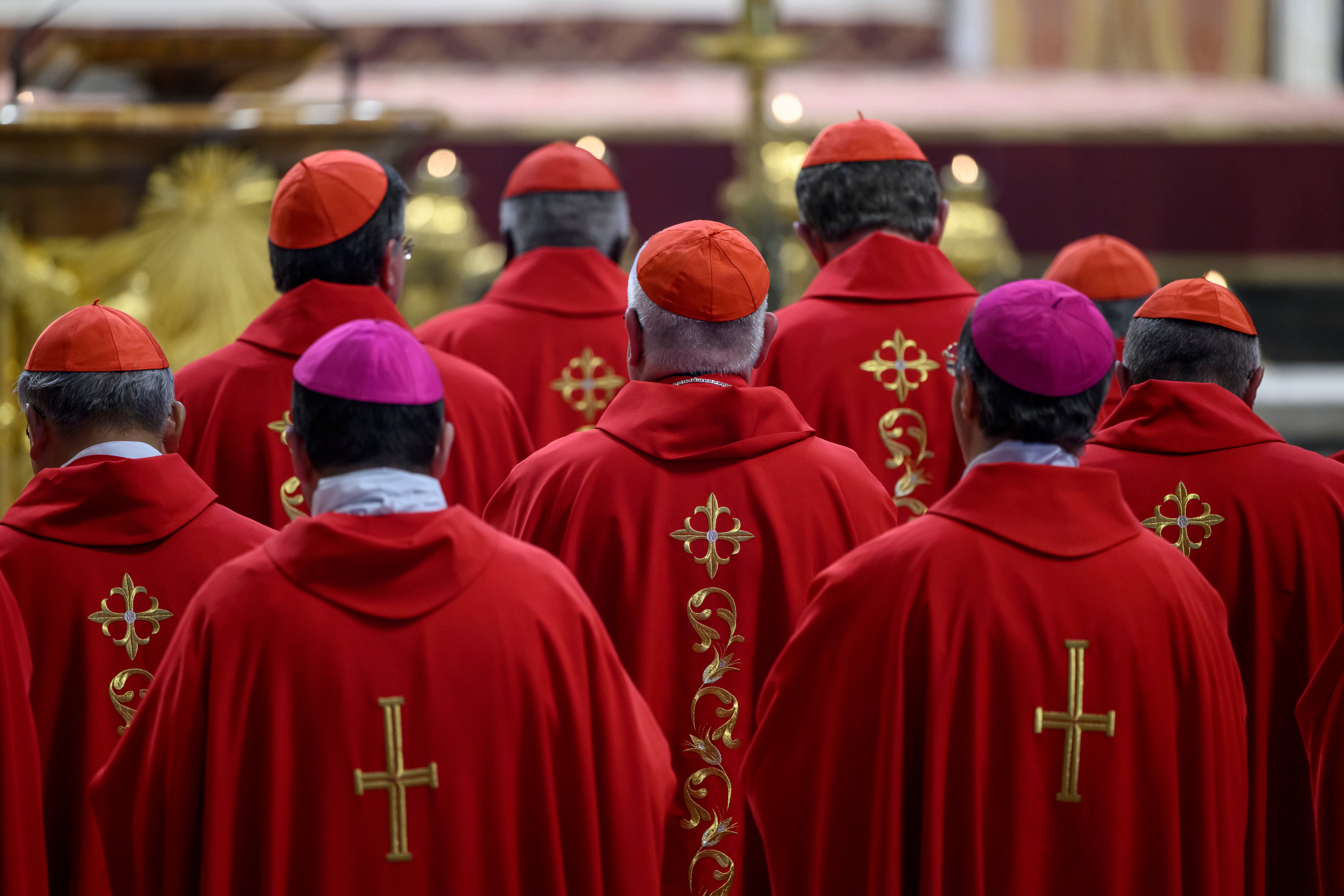
AD 236
The process of electing a new pope in early Christianity remains unclear - but the appointment of a priest named Fabian in AD 236 was likely an outlier.
Fabian happened to be in Rome for the election of the new Pope when a dove landed upon his head, according to early church historian Eusebius.
The incident was taken as a sign from the clergy, who elected him Pope.
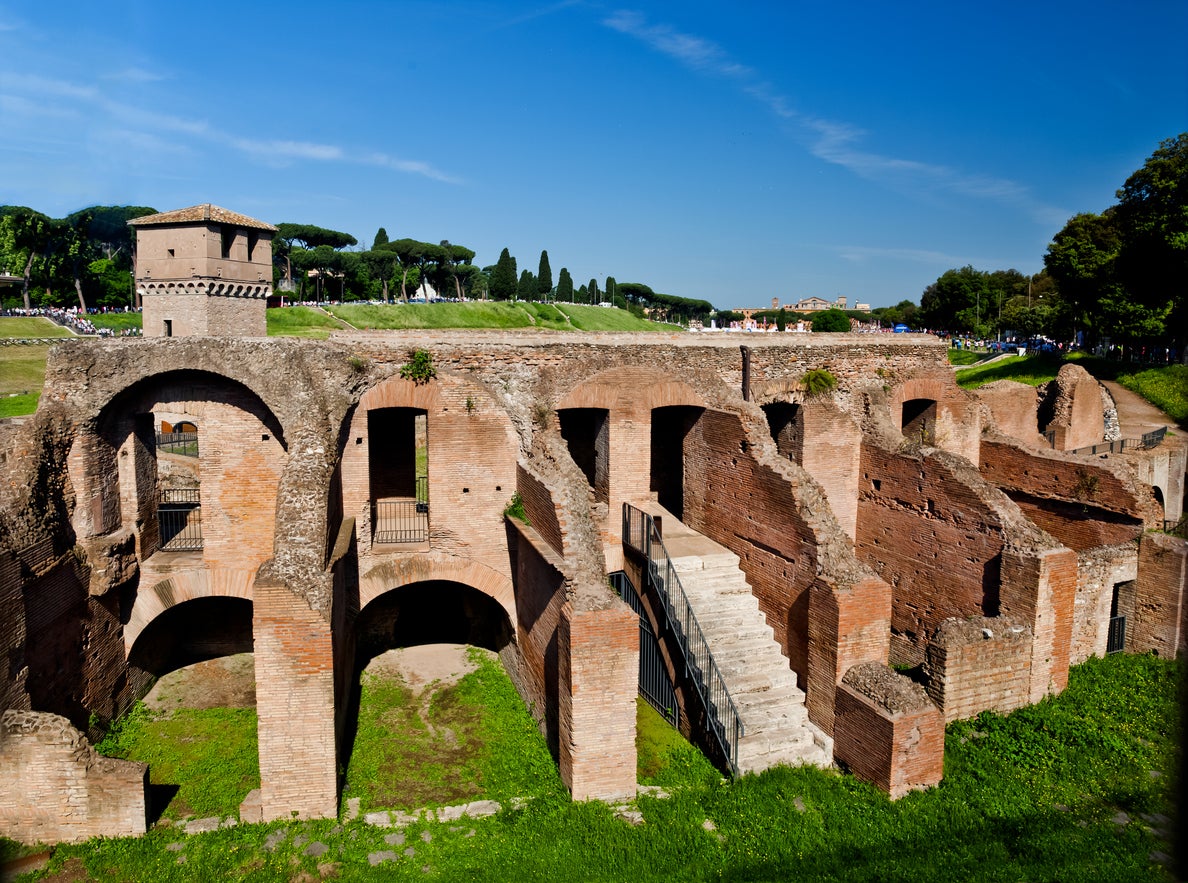
AD 1241
The 1241 election saw Cardinal Goffredo Castiglioni chosen as Pope Celestine IV.
The Cardinals were unable to reach a consensus during the election, which took place in high temperatures and amid tensions between the church and the Roman Emperor.
As they remained in Rome’s Septizodium Palace, one Cardinal died while more fell ill in the stifling heat.
There were even threats that the corpse of the late Pope Gregory IX would be dug up, before the cardinals elected Cardinal Castiglione - who was elderly and had deteriorating health.
He died just 17 days after his election, before he was even enthroned.
AD 1268-71
Lasting almost three years, this conclave marked the longest in history and is the reason many rules of the modern process exist today.
Three of the 20 cardinals present at the beginning of the election had died by the end and another resigned, as infighting delayed their decision for two years and nine months.
The cardinals were locked away in the fort town of Viterbo in an effort to expedite the process.
But when that didn’t work, officials decided to ration their bread and water and remove the roof so they would be exposed to the elements.
Eventually, the cohort agreed to elect Teobaldo Visconti, who became Gregory X. During his time as Pope, he formalised the Conclave process with his bull Ubi periculum in 1274.
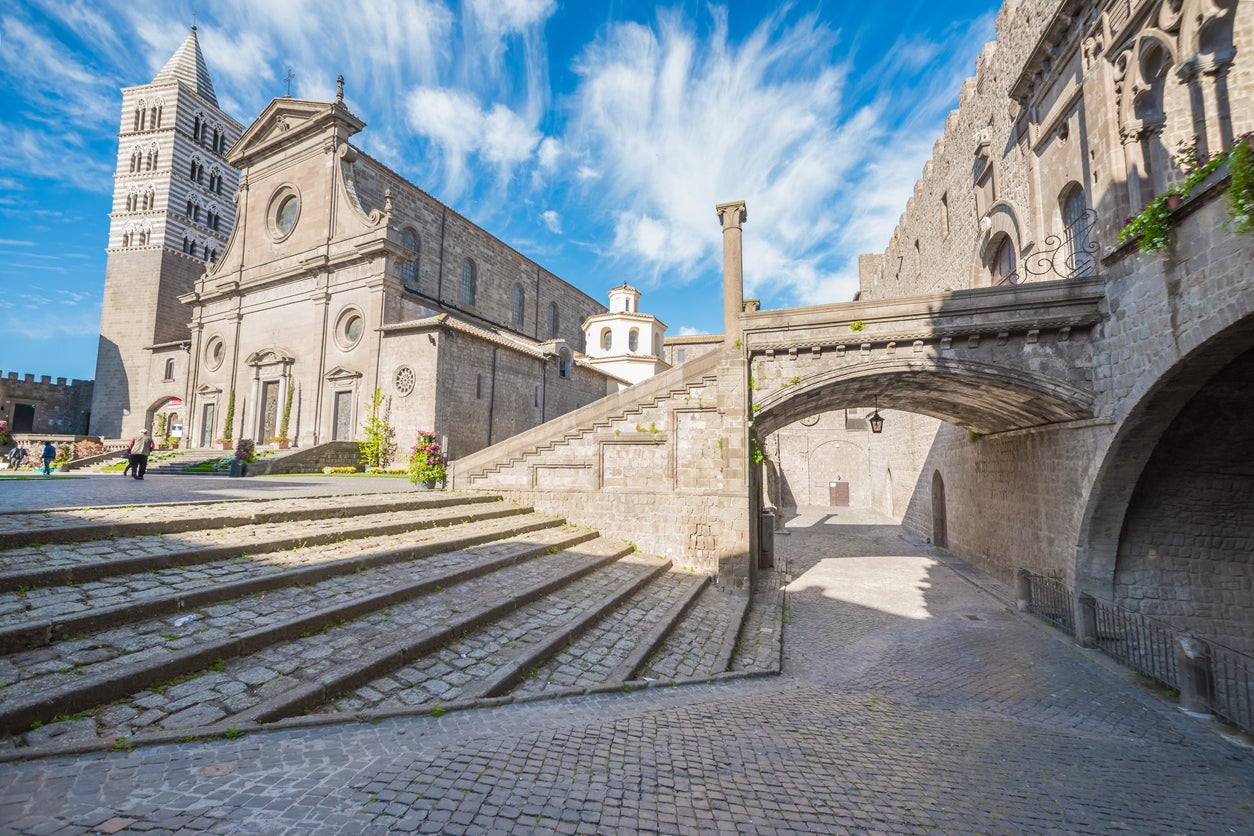
AD 1334
In 1334, the electing cardinals were “amazed” by their own vote - after an unlikely candidate won.
An early favourite to become the next pope was Cardinal Jean-Raymond de Comminges, but the cohort was thrown off when he refused to promise to stay in France, where he was to be elected.
Amid the confusion, the cardinals each voted for a candidate they deemed unlikely to be elected. But enough of them accidentally voted for Jacques Fournier, who became Benedict XII.
“On the first ballot, 20 December 1334, many electors, intending to sound the mind of the conclave, voted for the unlikely Cardinal Fournier, who, though he was one of the few men of real merit in the college, was but lightly regarded because of his obscure origin and lack of wealth and following,” The Catholic Encyclopedia says.
“He amazed the conclave by receiving the necessary two-thirds vote.”
AD 1605
The papal conclave that took place in May 1605 is remembered for having the only recorded case of serious injury as a result of a fist fight between cardinals.
In a disagreement about who should be elected pope, cardinals engaged in a physical altercation that could apparently be heard on the streets outside the conclave.
The fight resulted in the only known instance of a serious injury during the papal election process, with Cardinal Alfonso Visconti having suffered several broken bones.
Following the disruption, Camillo Borghese was elected and became Paul V.
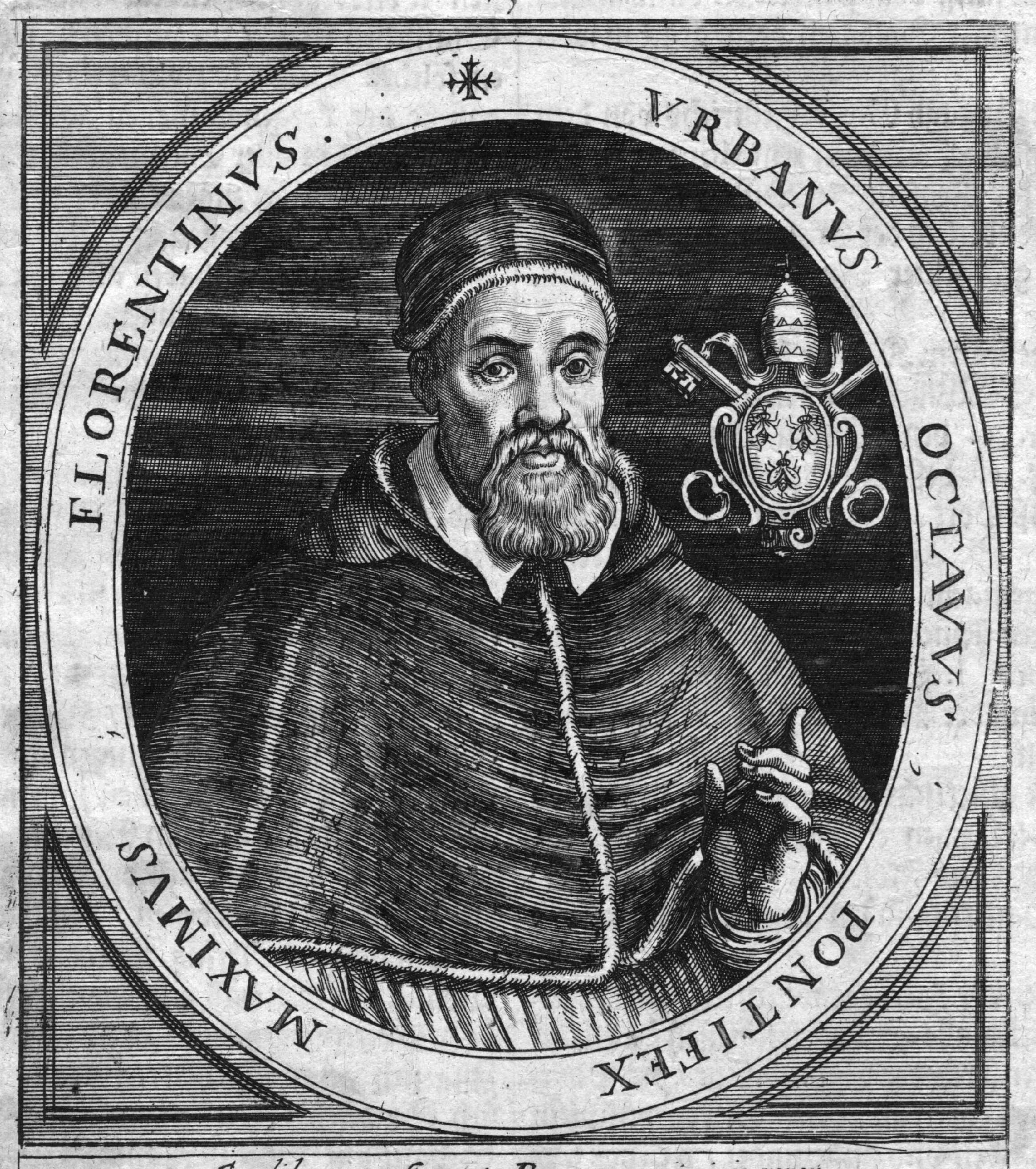
AD 1623
Cardinals electing the next pope during this election were apparently swayed by a bee infestation.
54 cardinals participated in the conclave which saw Cardinal Maffeo Barberini elected as Pope Urban VIII.
Historians have since claimed that in a strange coincidence, a swarm of bees entered the room and headed towards Barberini - whose family’s coat of arms also happened to include bees.
The cardinals took it as a sign, and he was elected pope days later.
AD 1655
The long papal election of 1655 saw young cardinals grow bored - and even play pranks on their elders.
Beginning in January, the Conclave soon reached a stalemate which continued throughout February.
Younger members of the 66 electors began to play pranks in order to entertain themselves. One trick saw a cardinal dress up as the Holy Ghost to surprise older members of the college in the middle of the night.
This supposedly led to one cardinal dying from pneumonia after the prank caused him to fall and lie on a cold floor.
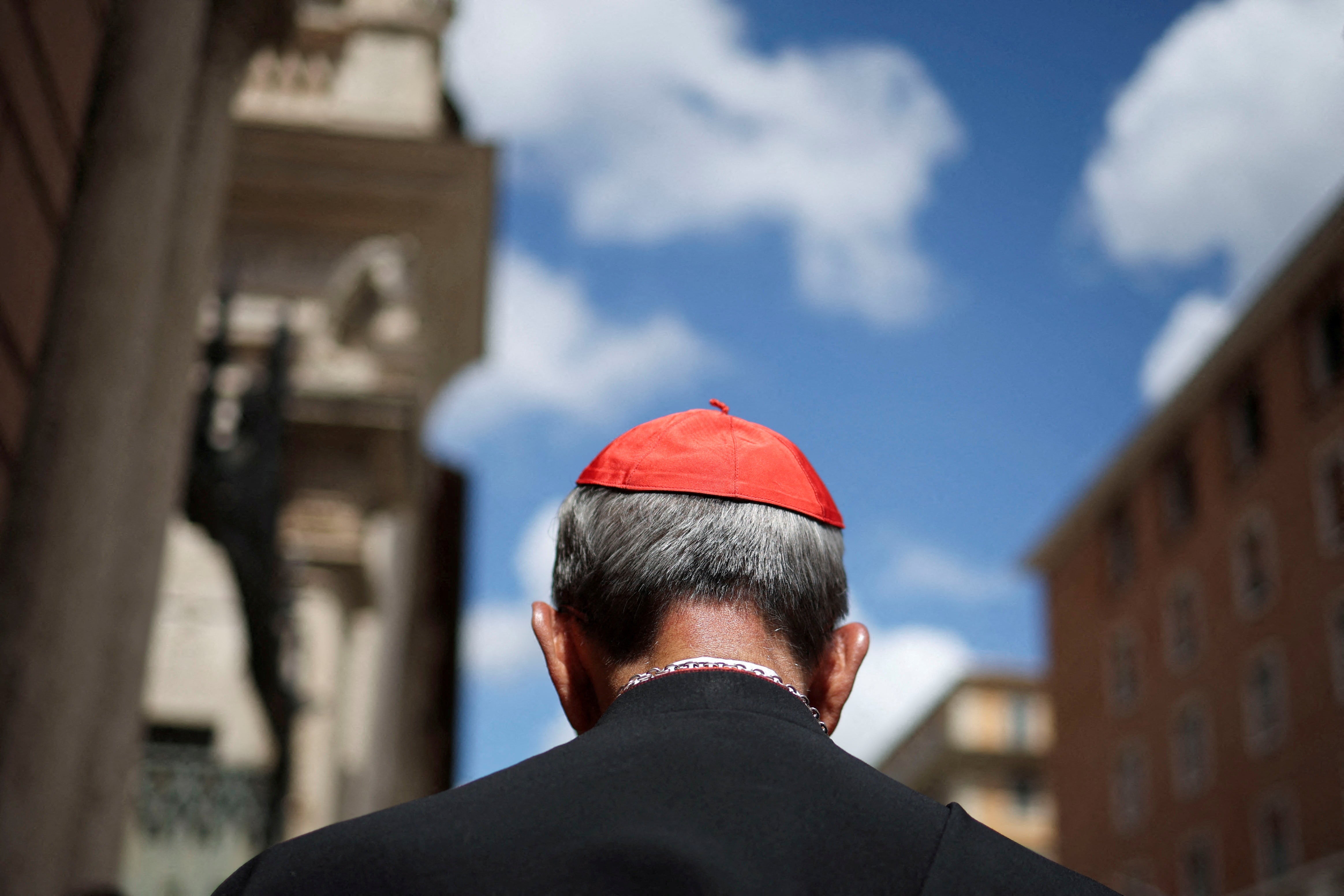
2013
This more recent conclave featured a bizarre incident before the official proceedings began - when a fake cardinal gatecrashed a pre-conclave meeting.
The impostor was caught sneaking into a gathering of cardinals dressed in fake clerical robes before he was escorted out of the Vatican by Swiss Guards.
He reportedly shook hands with priests and said his name was “Basilius”. He also reportedly told his fake peers that he was a member of the “Italian Orthodox Church” - which does not exist.
He was discovered by a guard who noticed he was wearing a pink scarf around his waist rather than the proper sashes worn by true cardinals.









 English (US) ·
English (US) ·